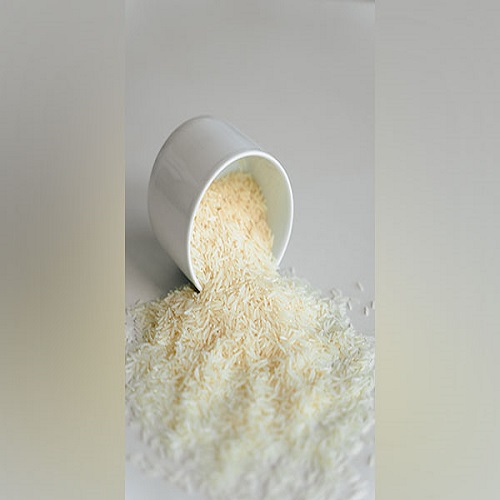New Delhi [India], September 28 (ANI): Broken rice in transit with certain conditions will be now allowed for exports till October 15, a new notification by the Directorate General of Foreign Trade said late on Tuesday.
The conditions include that where loading of broken rice on the ship commenced before the initial ban order came into effect, where the shipping bill is filed and vessels have already berthed or arrived and anchored in Indian ports and their rotation number has been allocated, and where broken rice consignment has been handed over to the customs and is registered in their system. Earlier, it was extended till September 30.
On September 9, India immediately banned the export of broken rice. The export policy for the commodity was revised from “free” to “prohibited”.
The ban on exports assumes significance as it appeared that the overall sown area under paddy this Kharif season could be lower than that of last year. This can have an impact on both crop prospects as well as prices going forward.
Sudhanshu Pandey, Secretary, Department of Food and Public Distribution on the same day the export was banned told reporters that an abnormal rise in exports and lower availability of broken rice in domestic markets pushed the central government to put a ban on its trade.
Pandey said the price of broken rice which was around Rs 15-16 (per kg) increased to Rs 22 and its exports rose 3 times. As a result, broken rice was neither available for poultry feed nor for ethanol manufacturing.
Broken rice is widely used as feed in the poultry sector.
“The contribution of the feed is about 60 per cent as cost on input to the poultry sector. So the prices will get pushed,” Pandey had said.
This Kharif season, the area under paddy cultivation is around 5-6 per cent lower than the previous season. Kharif crops are mostly sown during monsoon -June and July, and the produce is harvested during October and November.
The primary reason for the decline in the sown area could be attributed to the slow advancement of the monsoon in the month of June and its uneven spread in July in some growing key regions in the country. Crop diversification could possibly be another reason.
Secretary Pandey had further said India’s Kharif rice production, in the worst-case scenario, could fall by 10-12 million tonnes.
Also, the Centre imposed a 20 per cent export duty on non-Basmati rice, except for parboiled rice, to boost domestic supplies. The export duty had come into force from September 9. (ANI)













